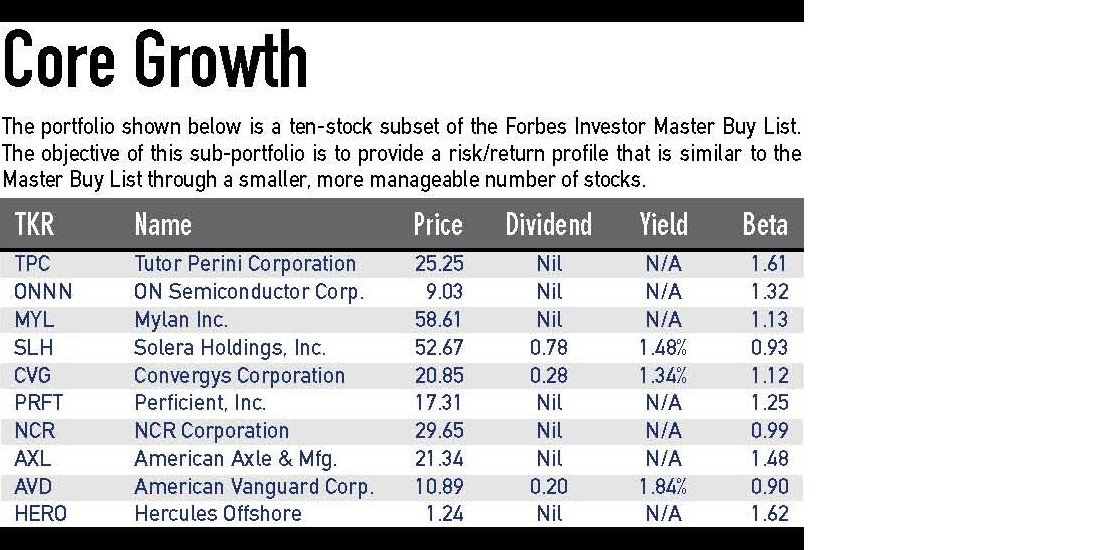Start Investing and Grow a Nice Portfolio with Just $100 Per Month
Post on: 22 Июль, 2015 No Comment

Investment advice is usually geared toward those with thousands, or at least $1,000 to invest, in addition to the standard three-to-six-months salary socked away in a savings account. While this is indeed a fantastic way to start, not all individuals have this kind of money to invest. Don’t worry, there are still great ways to invest using a smaller amount of money. $100 per month will get your investments started and allow you to grow a nice portfolio.
Most of us know how important it is to supplement our retirement with additional investment in traditional taxable investment accounts. Simply maxing out your IRA contributions and putting away 6% of your paycheck into the employers 401(k) just may not do it, but not everyone has the thousands that most investment advice requires. Here is a plan developed with the ultra-small investor in mind. It takes just $100, every month for a year.
When Should You Invest?
First, it is important to prioritize your financial concerns. If you have high-interest credit card debt, do not invest until you are debt free. While it is possible to make more money investing than you are losing on finance charges, it is highly unlikely. Your money is best spent lowering credit card balances.
Also, if you have no cash savings, you should consider putting this plan off until you have savings equal to at least three months salary.
Finally, if you would be devastated if you lost all of the money you invested, you should probably stay away from directly investing. While not likely if you are conservative, it is possible to lose all or some of the money you invest, no matter what the security.
Start Investing With Just $100
1. Open a brokerage account. Use a low-cost online broker. Its important that youre not paying more than $5 per trade, because thats money that will be coming out of your investment. Also, make sure that the broker you choose has no minimum account balance, or fees will eat up your entire balance. For more about discount stock brokers you can visit our broker comparison chart.
2. Fund your account: This is where you send your first $100 to the broker via check, wire transfer, or ACH transfer. I recommend ACH transfer, which is like an electronic check, because a check will take a few weeks to process and a wire transfer is too costly for investing such a small amount.
3. Make your first investment: What you invest in is, of course very important, and professional investment advice is too expensive if youre only investing $100. But studies have shown that the best returns come from widely diverse portfolios.
Now, you cant easily have a widely diverse portfolio with $100, since that wont even get you one share of Google (GOOG) or Toyota (TM). But Exchange Traded Funds (ETFs) make it easy to invest a small amount of money in a wide variety of securities, because they are shares in a larger pool of securities. The Vanguard Total Stock Market VIPER (VTI) tracks over 6,000 U.S. stocks, and its like investing your first $100 in the entire U.S. stock market. The iShares MSCI-EAFE (EFA) invests in stocks from Europe, Australia and Asia. The iShares Lehman Aggregate Bond (AGG) tracks the Lehman Brothers Aggregate Bond Index, and its like investing your $100 in the entire bond market.
If, after three months, you have put $100 into each of these funds, you will have a well-diversified portfolio that should withstand most of the markets fluctuations. Losses in any particular sector of the stock market should be offset by gains in other areas of the market. Add to it each month, never investing less than $100 at a time, and you should see the value of your account grow just as the stock market does. If the market is struggling, then find ETF funds and other investments that will protect your money while you wait for the economy to regain its footing.
There are many ETFs to choose from and they are getting more diverse, including junk bond and commodities funds. Personally I would stay away from them until theres at least $1,000 in stock and traditional bond ETFs, since the majority of your portfolio should include traditional investments, not alternative investments.
As you watch your investment grow (and then pull back, and then grow again) you should learn more about asset allocation and portfolio diversification, which are the keys to investment success. The more diverse your investments, the more you will be able to withstand volatile markets when stocks dip.
Finally, when the total value of your investment reaches $10,000, you should consider seeking professional investment advice and transferring your holdings to traditional mutual funds, which are a bit easier to manage, but typically have higher investment minimums.














